5. Angst (1983)
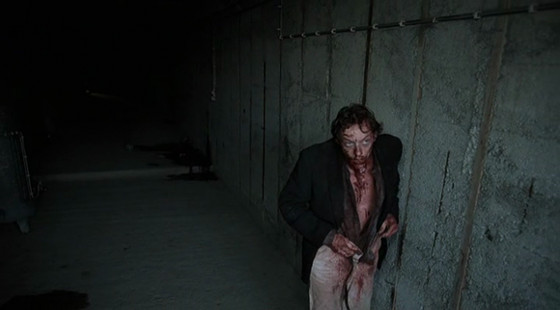
Cited as an influence by, among others, the famed director of the macabre, Gaspar Noe, this raw portrayal of the ups and downs in the life of a maniac is perhaps the best known entry on this list, but still not on the top of the watchlist for the vast majority of movie-goers.
It is largely based on the crimes of Werner Kniesek, whose criminal fate was quite similar to that of our unnamed protagonist.
Everything begins with him still in prison, at the very end of his sentence. He, however, is not rehabilitated in the slightest. He’s extatic about the release, but for the sole reason of getting the chance to kill again. And, boy, did he get it.
The murderer embarks on a journey that he hopes will end up with a new batch of victims. First he encounters two women at a bar, but he finds that to be too much of a risk, then a taxi driver, but he also gives up on that. Finally, he shoots an old lady and breaks into a mansion where a wheelchair-bound man is all by himself. That proves to be his long-awaited chance, and a psychopatic session of pain and misery begins, lasting an entire day.
The sheer bleakness of Angst is hard to replicate, and it stands as one of a sort film in the catalogue of German, and quite possibly world, cinema.
4. The Student of Prague (1913)
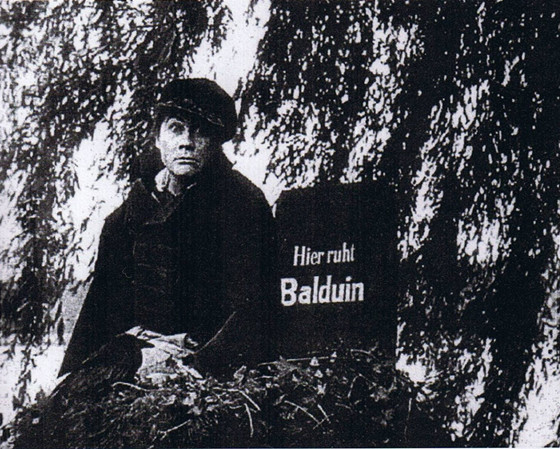
Partially inspired by works of multiple authors (mostly and quite directly by Goethe’s Faust), the universal tale of a desperate man selling whatever he can for a shiny piece of gold was remade 4 times in the years to come, but none of the remakes came close to the silent original.
The main character is Balduin: a poor, wretched being, struggling with his studies and his life in general. One day he encounters an old trickster who offers him a hefty sum of money in exchange for one thing from Balduin’s apartment of his choosing. As he was in the process of wooing a countess by the name of Margit, who was of far better social standing than the poor fellow himself, he wholeheartedly agrees, as there is little to be taken from his dwelling place that comes close to the mind-boggling amount he could make.
However, the old man takes the youth’s reflection from the mirror and walks away with it, leaving him baffled. Then his life seems to be taking a turn for the better: his love interest seems to be growing fonder of him instead of the man she was supposed to marry, but things slowly go as expected and his life is ultimately ruined by the merciless doppelganger, culminating in multiple unfortunate deaths.
3. The Torture Chamber of Dr. Sadism (1967)
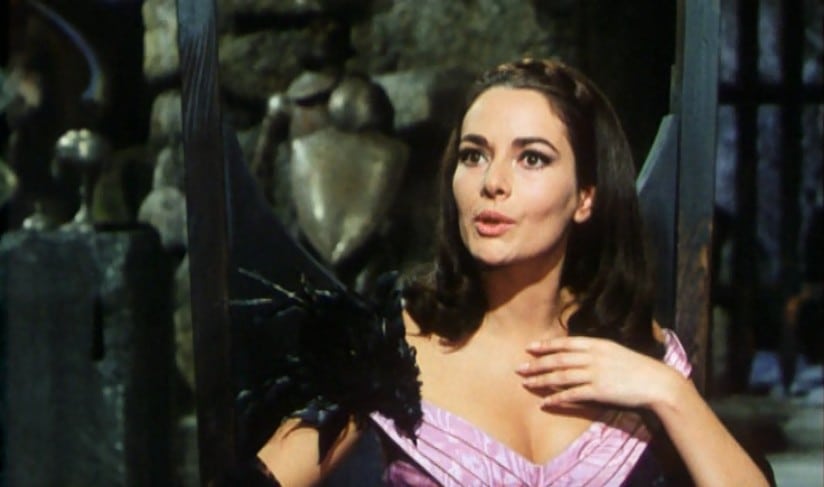
First of all, it should be noted, to avoid confusion, that this motion picture is known by many titles, including, among others: The Blood Demon, Castle of the Walking Dead, Snake Pit and the Pendulum.
Objectively, this one is not a serious film. Fortunately, it doesn’t consider itself one most of the time, but when it does, the results are unintentionally comedic. The plot, set in the beautiful 18th century German setting, is not an original, never-seen before story: it’s quite a straightforward, cliché riddled mess that gets more enjoyable the less you care.
If you’re in for the trash and the screams and the torture porn, and occasional pretty scenery, you’ll be having more fun than you could ever imagine. If you’re in for a somber film that will leave you thinking about its subtle clues and philosophical messages and whatnot, you should probably reconsider your approach before jumping in.
2. Benny’s Video (1992)
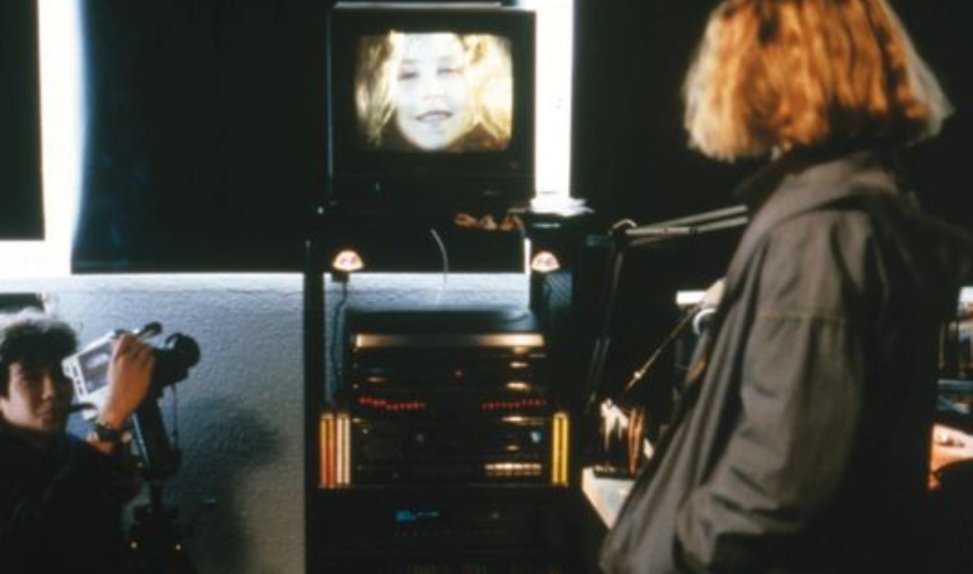
Michael Haneke is undoubtedly one of the finest filmmakers working today. A refined gentleman born in Munich, as a child of two actors, he grew up in an environment not very likely to produce a mind of such bold, uncompromising vision.
After getting some theater education and experience, he tried his hand at cinema in late 80s with The Seventh Continent. A solid but restrained drama about a family that moves to Australia. While it wasn’t the most straightforward film in the book, it most certainly wasn’t a rhapsody of Haneke’s visual and textual style. It opened to modest box office and critical success, but he still wasn’t a household name.
What really made him stand out was this one. A simple but peculiar story of a teenager obsessed with television and violence, it examines and critiques the role of the Western media in the lives of the youth in a fairly unconventional way, which caused the film to be censored and banned in many places around the world, but with infamy also came the status, and many other great, but controversial films soon followed: Funny Games, Cache, The Piano Teacher, Time of the Wolf,…
1. Mark of the Devil (1970)
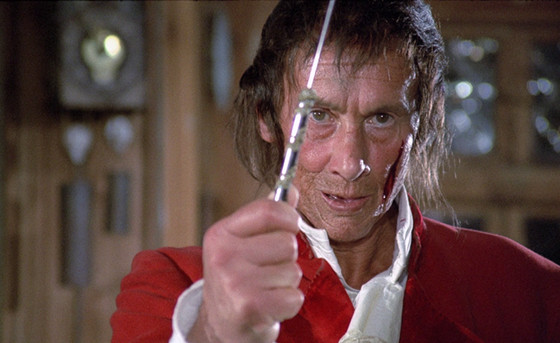
Made in West Germany and viciously marketed in the Anglo-Saxon world as the most sickening movie experience one could ever have, it’s no wonder it is so hard to come by these days. If you’re lucky, you will stumble upon an only lightly censored version.
Dealing with the subject of witch trials in a somewhat ambivalent fashion, it rarely falls too pretentious for a film of its kind because its primary interest is not the historical events that are portrayed (that only serve as a setting for the bloodbath), but all the torture and the tension that is present in every minute of the picture, start to finish.